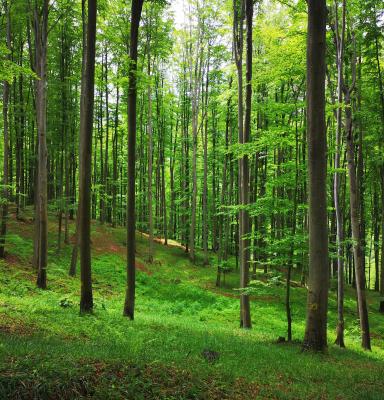
-
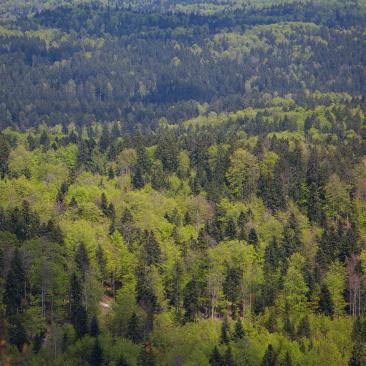 Vasja Marinč
Vasja MarinčForests cover 41% of the Adria-Balkan Region
The Adria-Balkan Region is impressively forested, with a forest cover in countries like Montenegro, Slovenia and Bosnia and Herzegovina reaching up to 60%. On the whole, the Region is forested above-average considering the relative forest cover in Europe (without the Russian Federation) which stands at 35%.
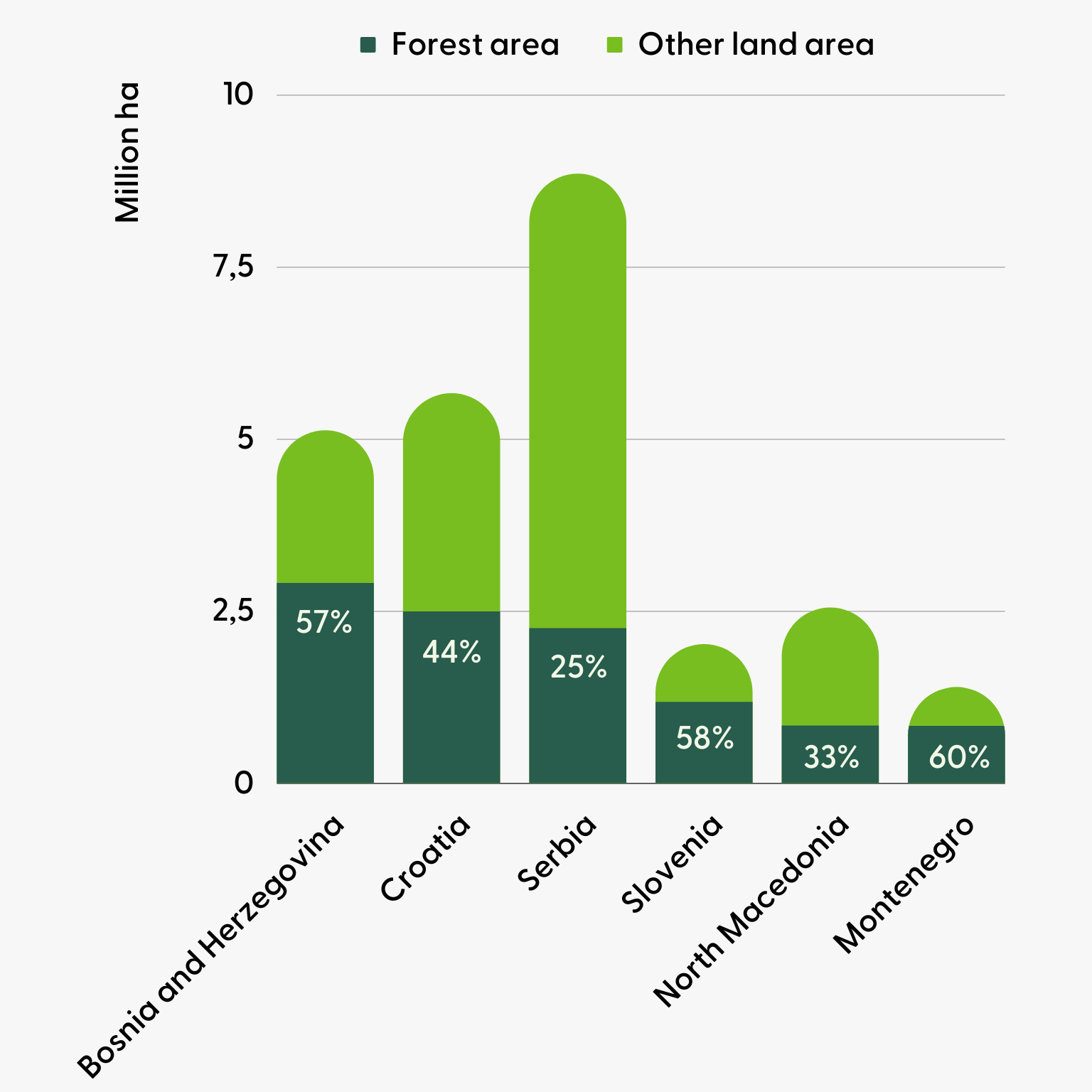
-

And they are growing
Not only do they cover a large land area, the forests keep on growing in volume, ensuring that every year more carbon is stocked in the branches, trunks, roots and soil, thus removing it from the atmosphere and mitigating climate change.
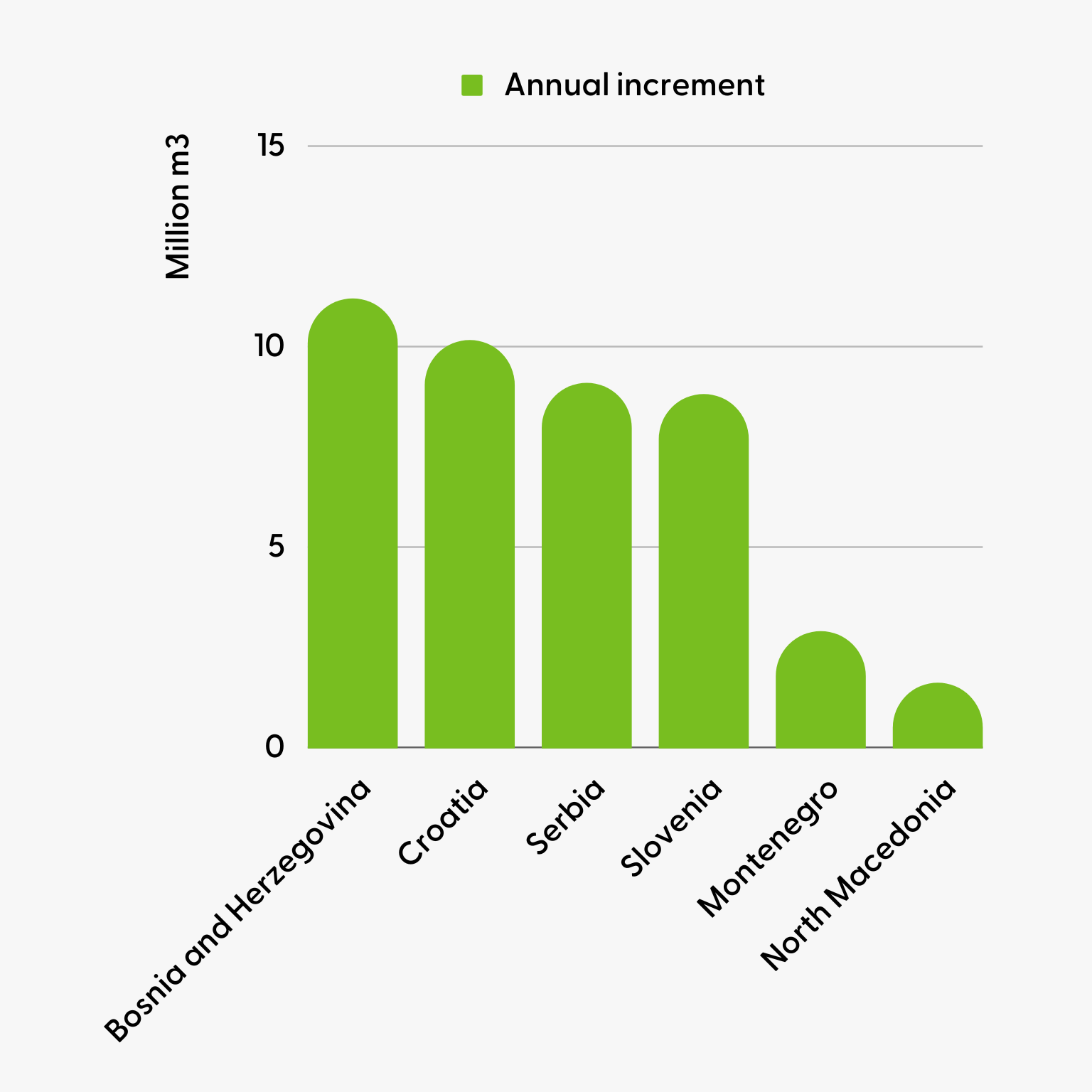
-

Over 90% of forests are naturally regenerating
Naturally regenerating forests benefit habitats of numerous plant and animal species by avoiding major disturbances, while making sure that the forests themselves are restored and become similar to what they were. Natural restoration is also a cost-effective strategy as “artificial” restoration can cost up to ten times more.
Only in Serbia do forest plantations play a more significant role with up to 8% of forest coverage.
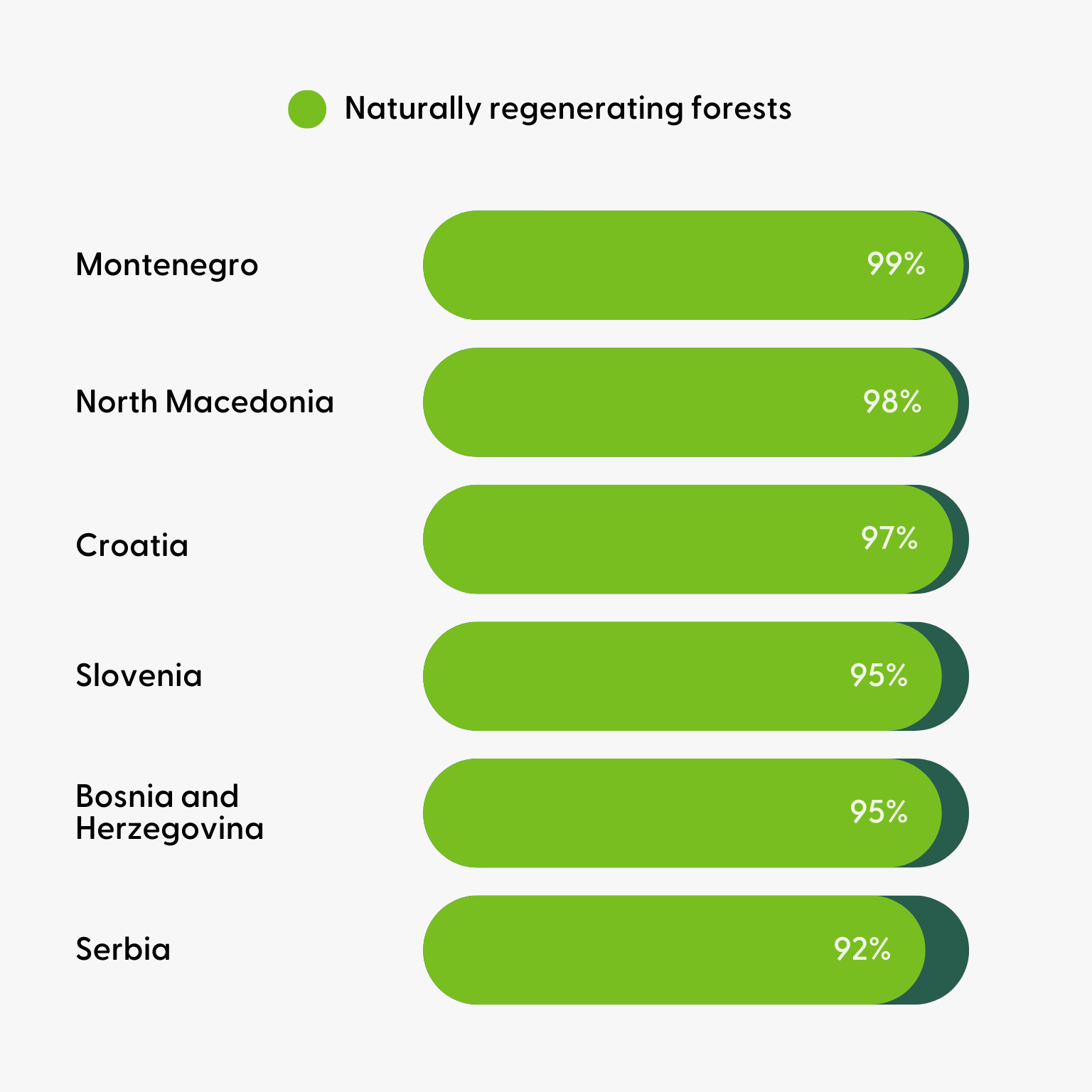
-
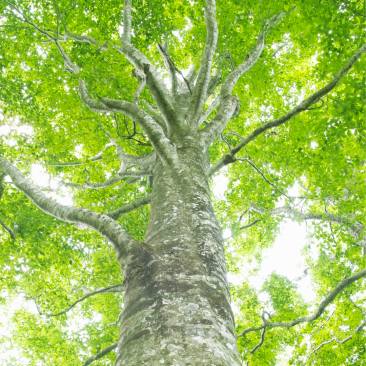
Beech is a dominant tree species
European beech (Fagus sylvatica) is one of the most important and widespread broadleaved trees in Europe. It commonly reaches around 30 to 40 meters in height, it has a typical life span of around 150 to 300 years, and it is the most shade-tolerant broadleaved tree in its range. This in turn enables natural regeneration as the seedlings are able to survive and grow below the canopy of established trees.
With around 250 known usages, it is one of the most diversely used tree species in Europe. Its wear-resistance, strength, and excellent bending capabilities make it ideal for boatbuilding, flooring, stairs, furniture, musical instruments, plywood, panels, veneering and cooking utensils such as bowls, platters and wooden spoons.
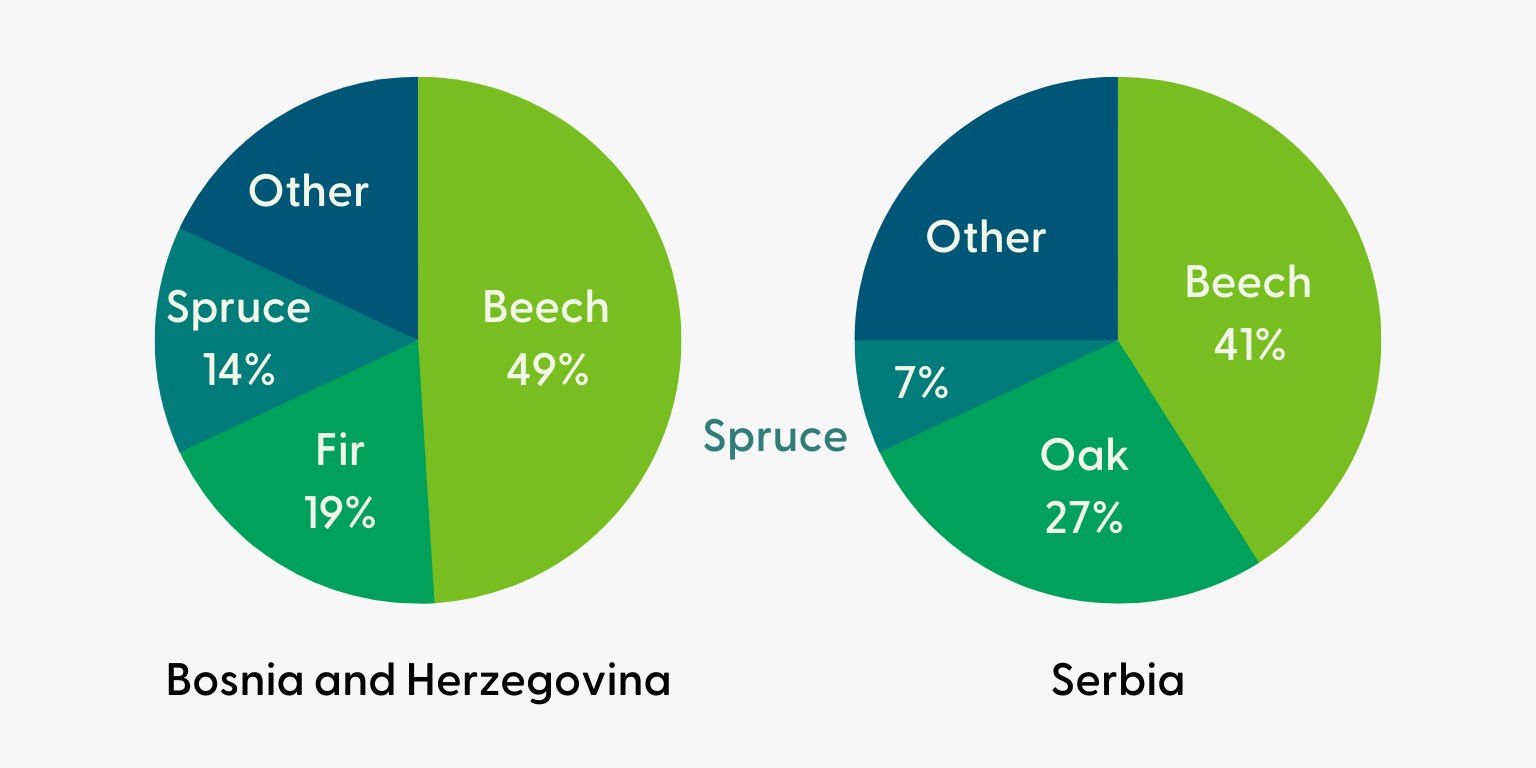
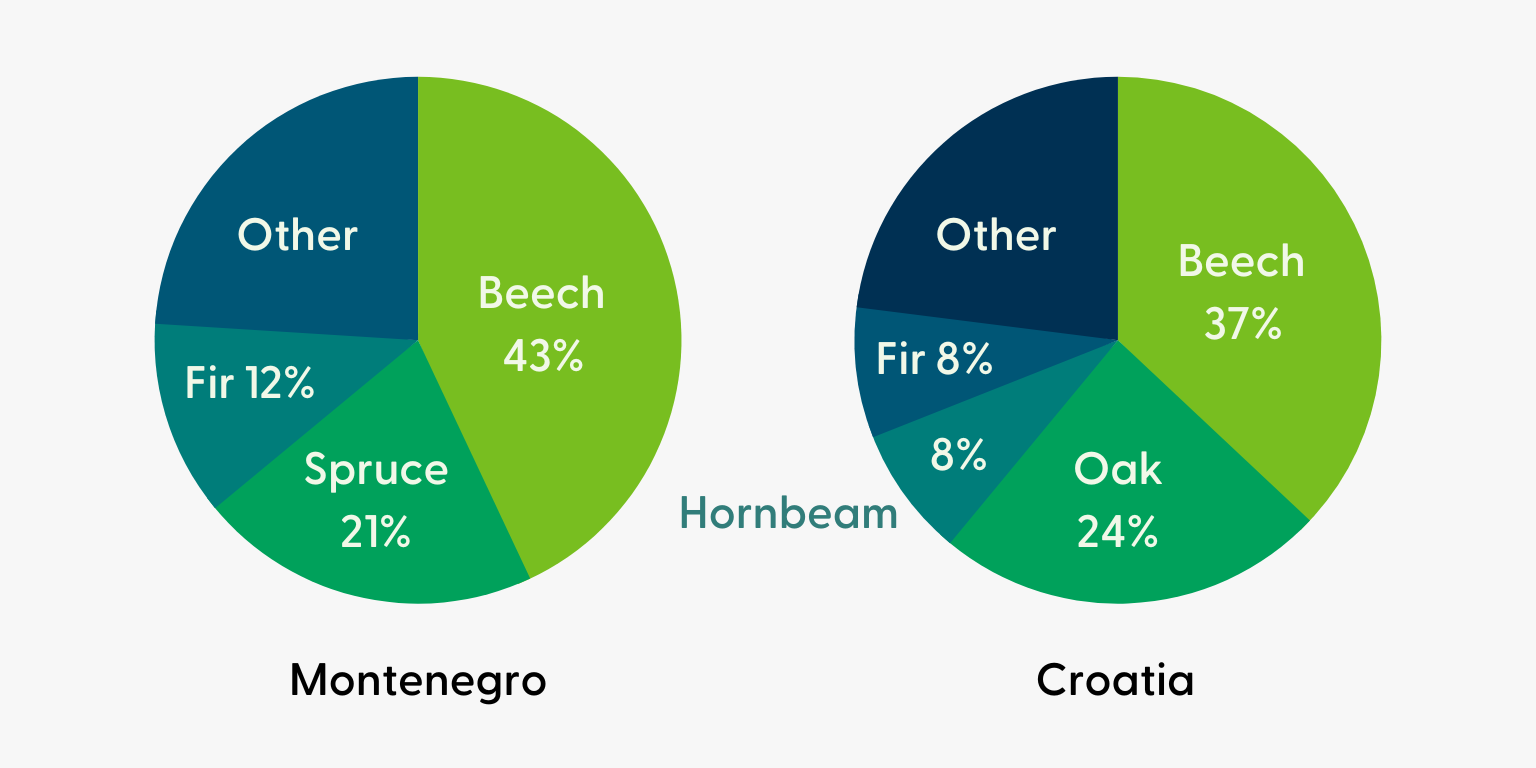

-
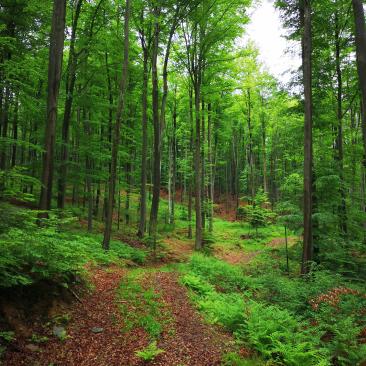 Bruno Marić
Bruno MarićHigh forests cover nearly half of the forest area
In high forest (conifer and broadleaved species) the stand is regenerated from seedlings, either natural or planted, and rotation period is generally long. In coppice forest the regeneration of broadleaved species consists mainly of sprouts originating from cut stumps, and rotation is generally shorter. In contrast to a coppice forest, a high forest usually consists of large, tall, and mature trees with a closed canopy and has relatively higher genetic diversity making it more adaptive to the various forest threats. Additionally, it usually has a larger biomass volume which means that it is able to store higher quantities of carbon.
High forests make a predominant forest cover (49%) in the Region, still coppice forests prevail in North Macedonia and Serbia.
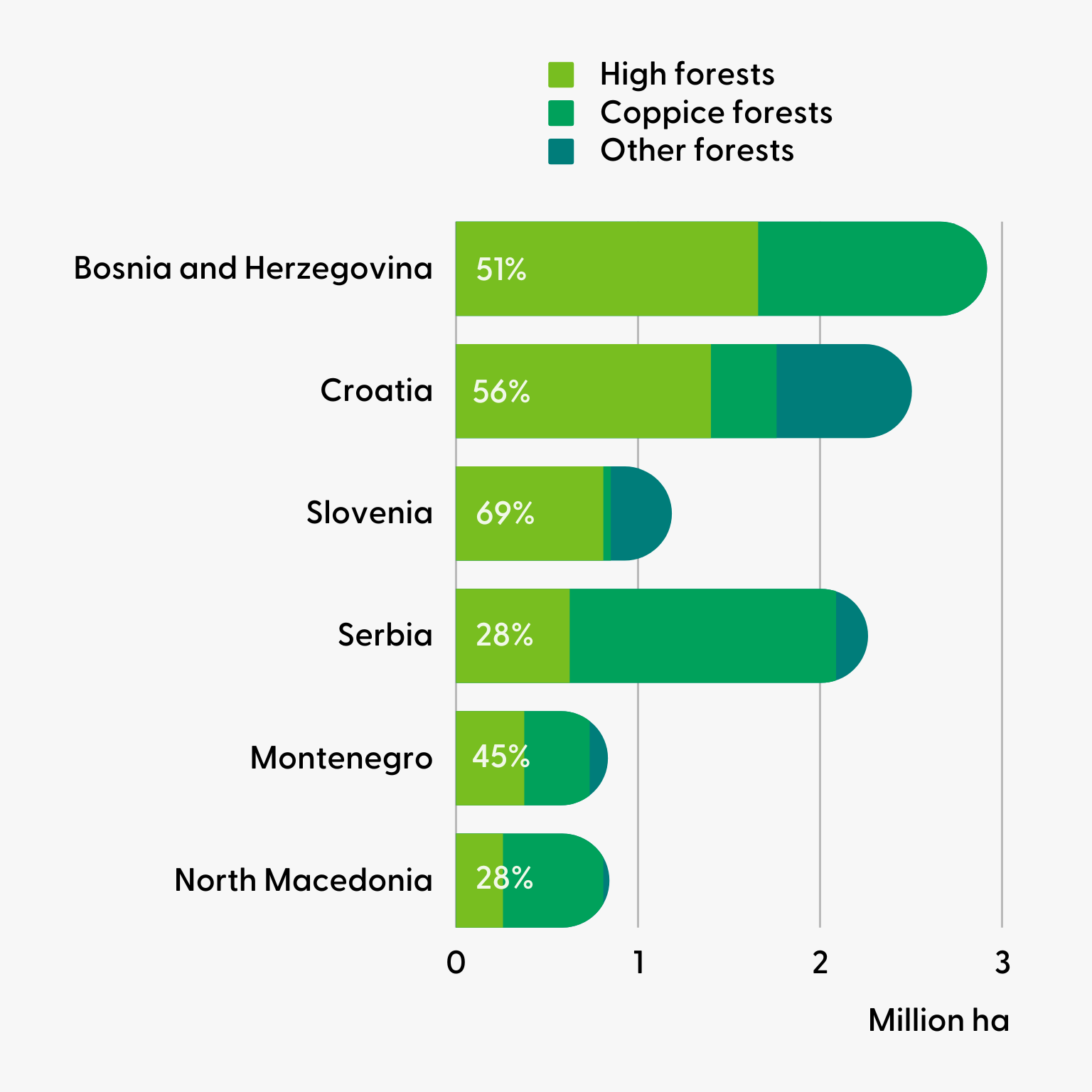
-
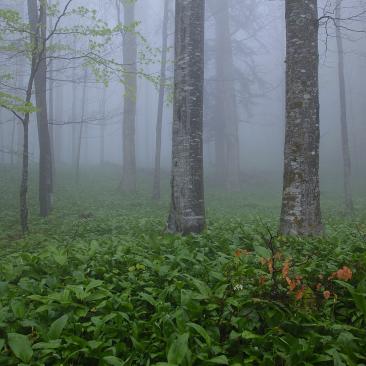 Vasja Marinč
Vasja Marinč63% of forests are state-owned
Overall, more forest are owned by the state than by private forest owners. These figures however vary significantly between the countries, with the highest share of state-owned forests (90%) in North Macedonia, and the highest share of privately owned forests (76%) in Slovenia. State ownership has historically ensured responsible forest management of a significant part of the Region's forest area.
On the other side, the process of restitution (from the era of the Republic of Yugoslavia when forests were mostly nationalized) is still ongoing in most of the countries, with a potential of further increasing the share of privately owned forests. Did you know that 3% of Slovenian forests are municipality-owned, an ownership category unique for Slovenia.

